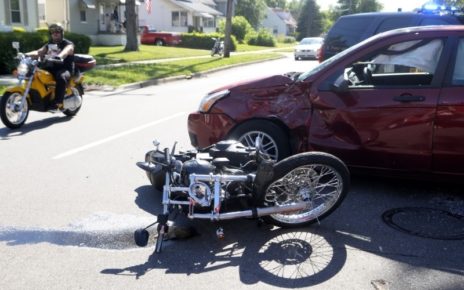People install tints on their car windows for different reasons. Some do it primarily for aesthetic reasons while some focus more on its benefits such as blocking ultraviolet rays, keeping their cars cooler, and maintaining the interior quality of their ride. A few more do window tinting to enhance privacy on the road. Regardless of the reason for doing it, a good knowledge of window tinting will ensure that you get the best for your needs.
Ideally, car window tinting level is characterized by how much light is allowed to pass through the windows. Every state has its own rules when it comes to this. If your window is too dark, the authorities might stop you claiming that it reduces your vision while driving and therefore can lead to an accident. Another reason darker tints aren’t too fancied by police officers is because they hide dangers within vehicles.
With this in mind, here are some of the common car window tinting levels available.
5%
If you have a knack for darker tints, this level is up your alley. It is ridiculously dark and mean that you can’t even see anything past the window even on a sunny day. As you might have guessed, it only allows a mere 5% of visible light to pass through while blocking the other 95%. Obviously, this is not the best choice for driver front windows as it will greatly compromise your vision.
20%
This level is notorious with people who want a certain level of privacy without making the inside of their cars completely dark. Being close to the darker side of the tint level spectrum, it allows very little light to penetrate hence is ideal for people who want to pass the message “cannot see the inside of my car ever” message without actually saying it.
30-35%
This is the most common level of car window tint out there. It’s a perfect balance for most car owners because it technically gives them most of the benefits of window tinting without compromising their vision. This tint blocks out 60-65% of visible light from entering the car. It is ideal for front and back windows.
50%
50% is the maximum level across many states. Essentially, it is a light tint which still blocks some visible light and makes the car cooler. It can dramatically increase your vision and decrease glare thereby promoting a safer driving experience. As a rule, this level is highly recommended for driver front windows for obvious reasons. This is your choice if you want to reap the benefits of window tinting without turning your car into a full-on dungeon.
Car window tinting is something we’ve grown accustomed to. In fact, when shopping for new wheels, it is one of the things that are bound to come up. Even with the knowledge of common tint levels, it is a good idea to know the allowable limits for your particular state to avoid problems in the future.




